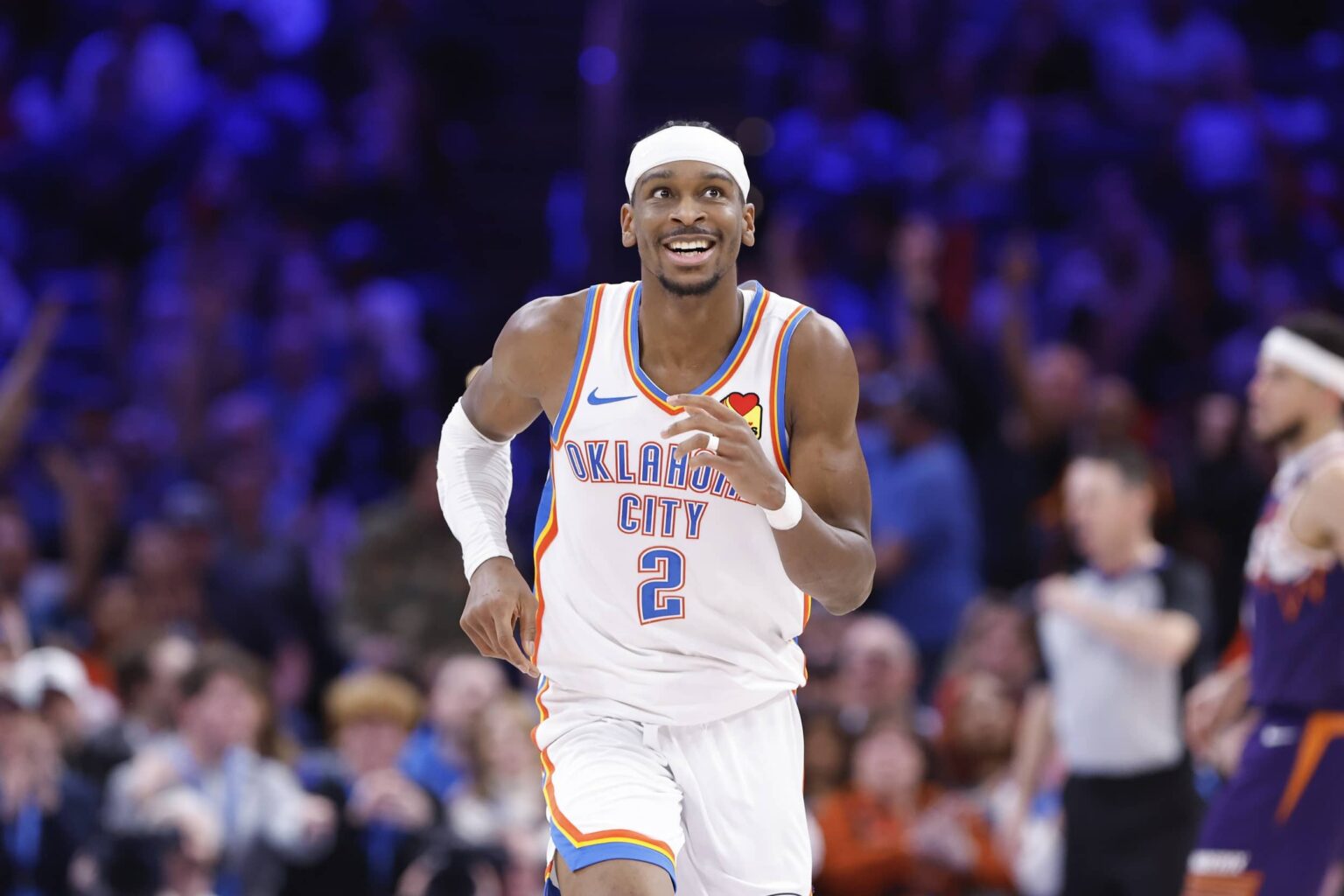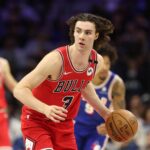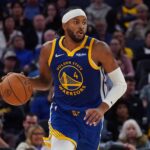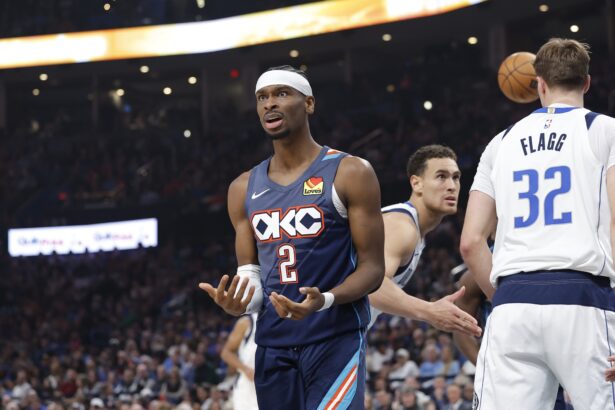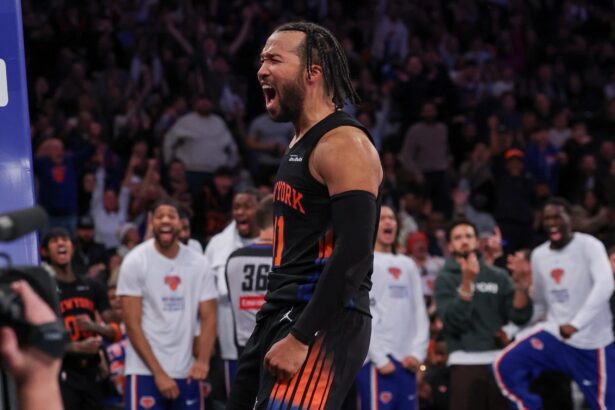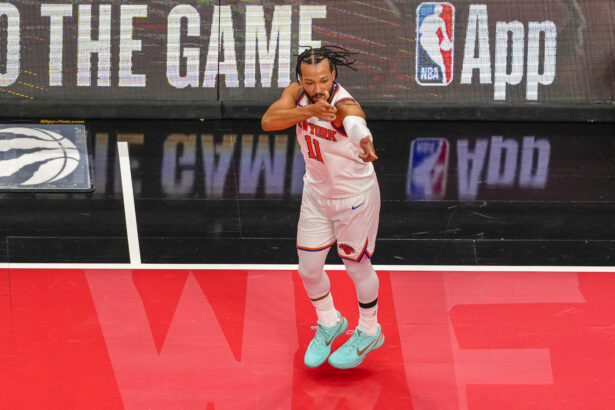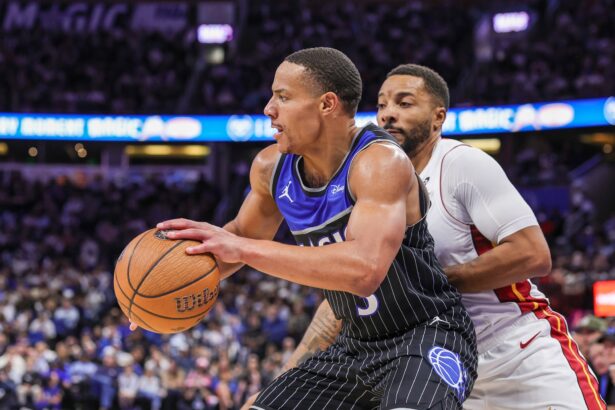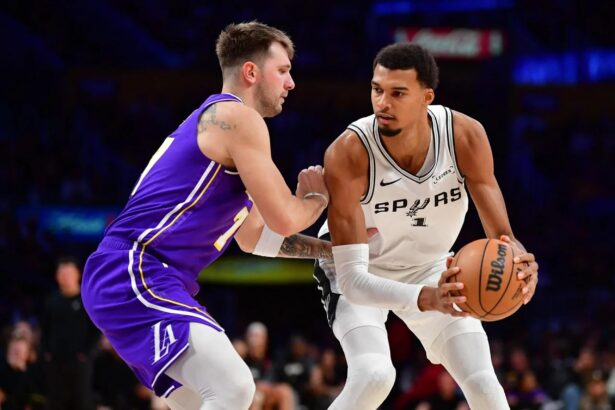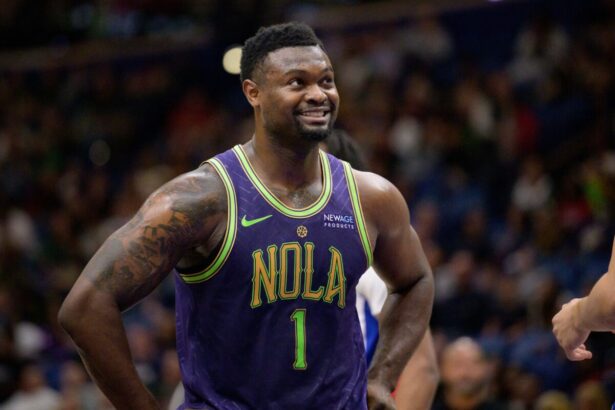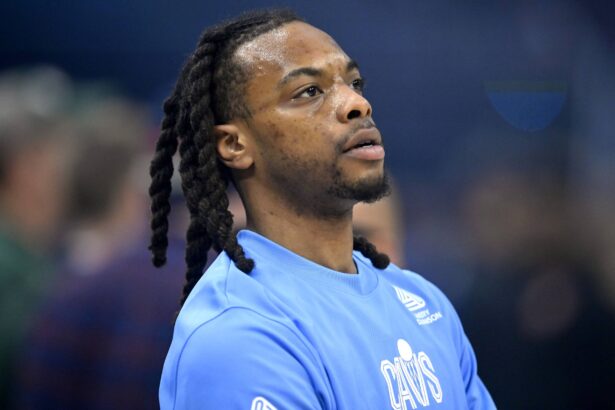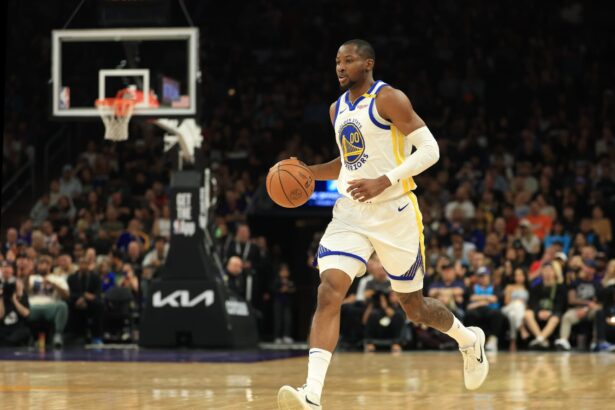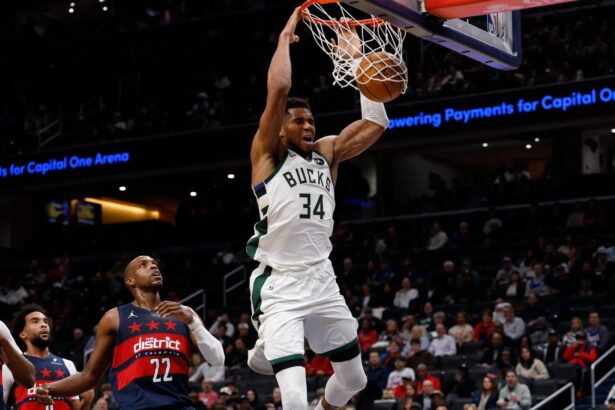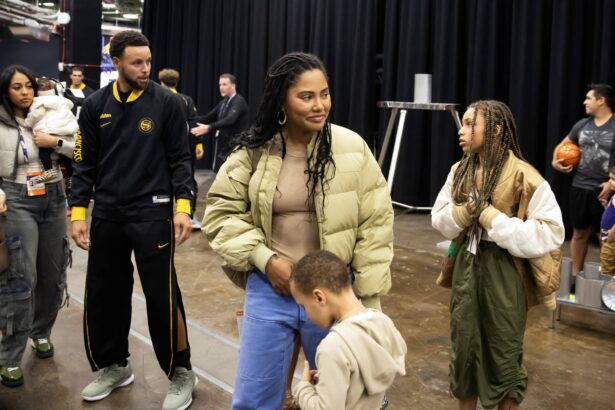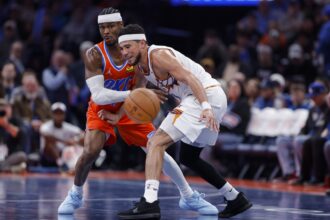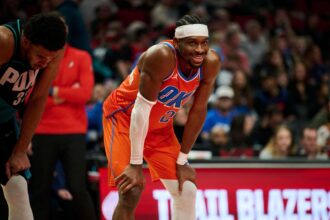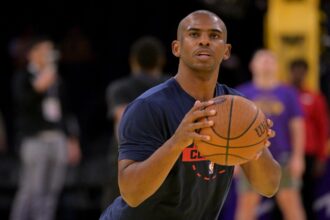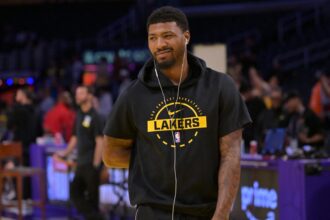Shai Gilgeous-Alexander’s route to the top of the NBA is an inspiration for several young athletes. He has faced adversity on his road to the top on several occasions. Facing rejection from his junior varsity team in high school, getting traded from the team that drafted him, and much more.
In the NBA’s latest ‘Pass The Rock’ documentary, Shai Gilgeous-Alexander opened up about the time when he failed to make the junior varsity team in high school and how it inspired him to become even better.
“I grew up in Toronto. When I was just a little kid, I always had the ball in my hand, and I’ve always loved it more than anything.”
“I tried out for my high school JV team in ninth grade. I thought I was good, I thought I was going to make the team. I didn’t end up making it, obviously, and was disappointed and upset.
“I wasn’t as good at basketball as I thought I was, and I wanted to get to a very high level, and I was willing to do whatever it took.”
“I had no offers until the end of my junior high school. I played for the Canadian senior men’s national team, and a lot of people saw me there, so my recruitment blew up.”
After his initial run-in with failure as a teenager, he used it as motivational fuel for himself to work harder and become a better basketball player. Gilgeous-Alexander eventually went to Kentucky under John Calipari and found his way to the NBA in 2018, where he was the 11th pick in the first round for the Clippers.
Later on in the documentary, Gilgeous-Alexander addressed the next big hurdle he faced before reaching the top: getting traded to a team that did not draft him, the OKC Thunder.
“So the trade happened unexpectedly for me… My biggest concern, honestly, was, ‘will the Thunder like me?’ because the Clippers drafted me and the Thunder didn’t. And I think that was my motivation in the back of my head. I mean the first time I put on their jersey, they didn’t know who I was and what I was about, and I wanted to show them.”
Gilgeous-Alexander ended up reaching the pinnacle of the basketball world after leading the Thunder to their first NBA championship. He averaged 30.3 points, 5.6 assists, and 4.6 rebounds in the NBA Finals to win the Finals MVP, effectively making his case for being the best player in the world at the moment.
Everyone faces adversity in some form or another; it depends on how you come out of it that makes you who you are. They say pressure makes diamonds, and indeed, the pressure of failure and proving himself made Shai Gilgeous-Alexander who he is today.

